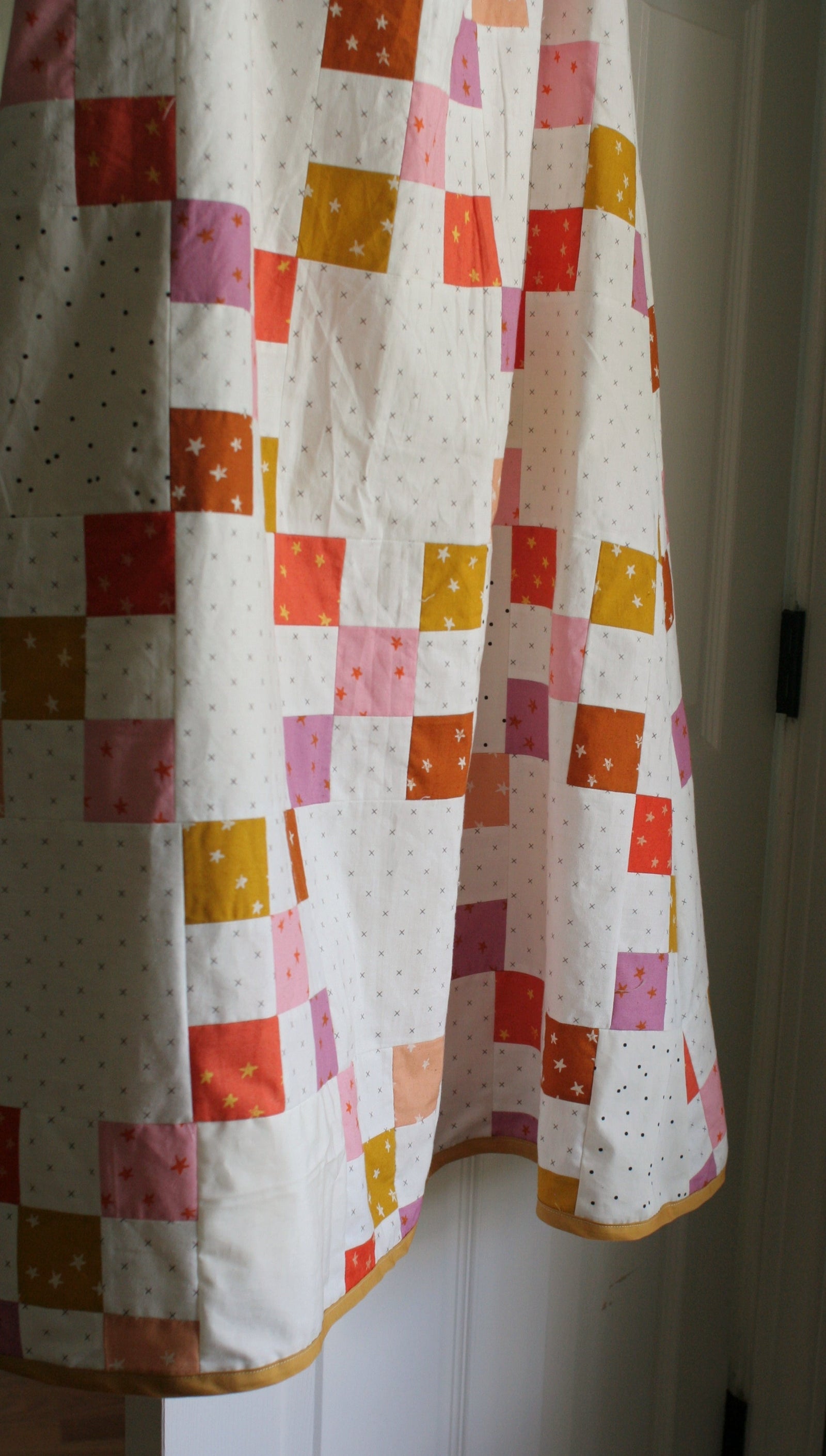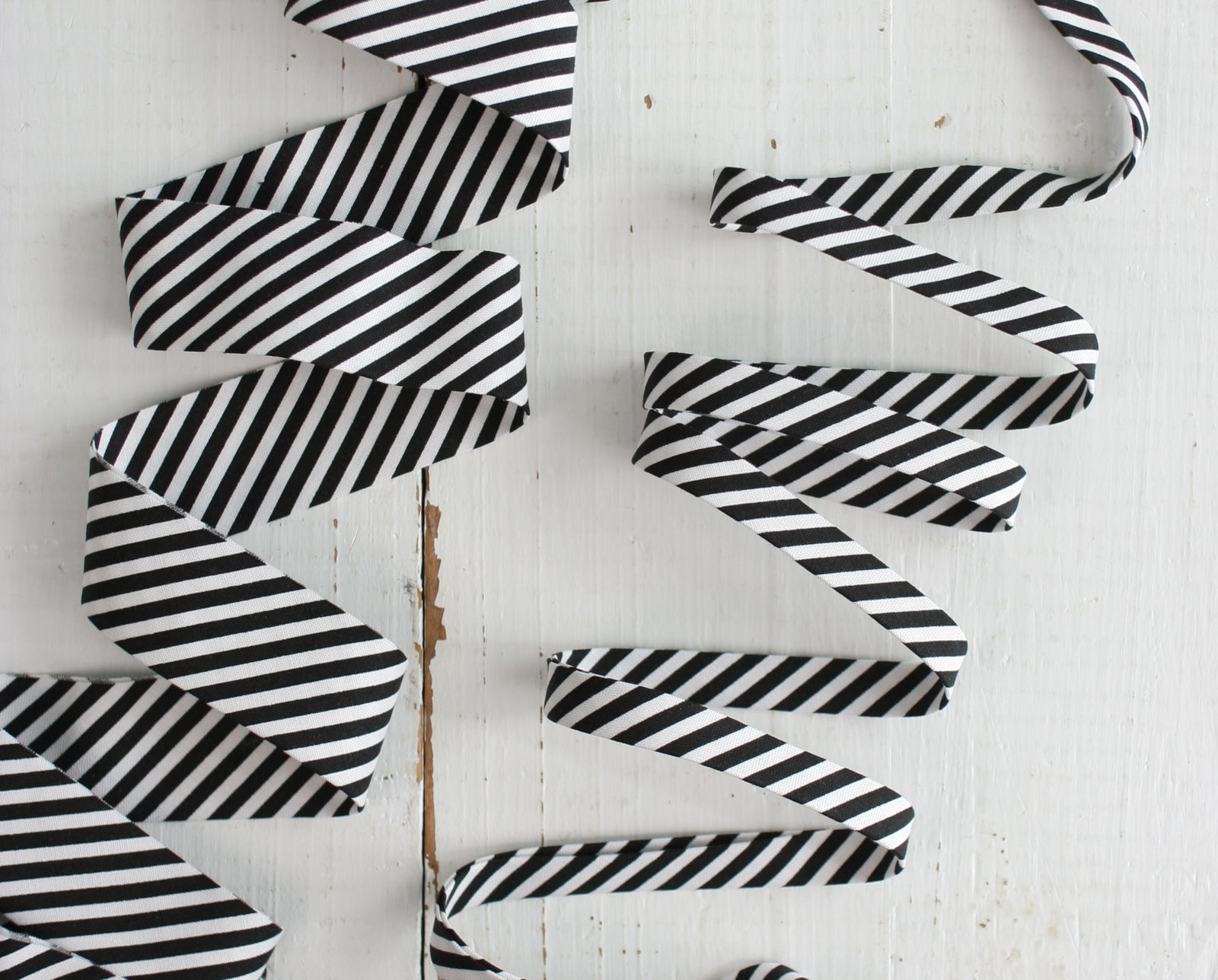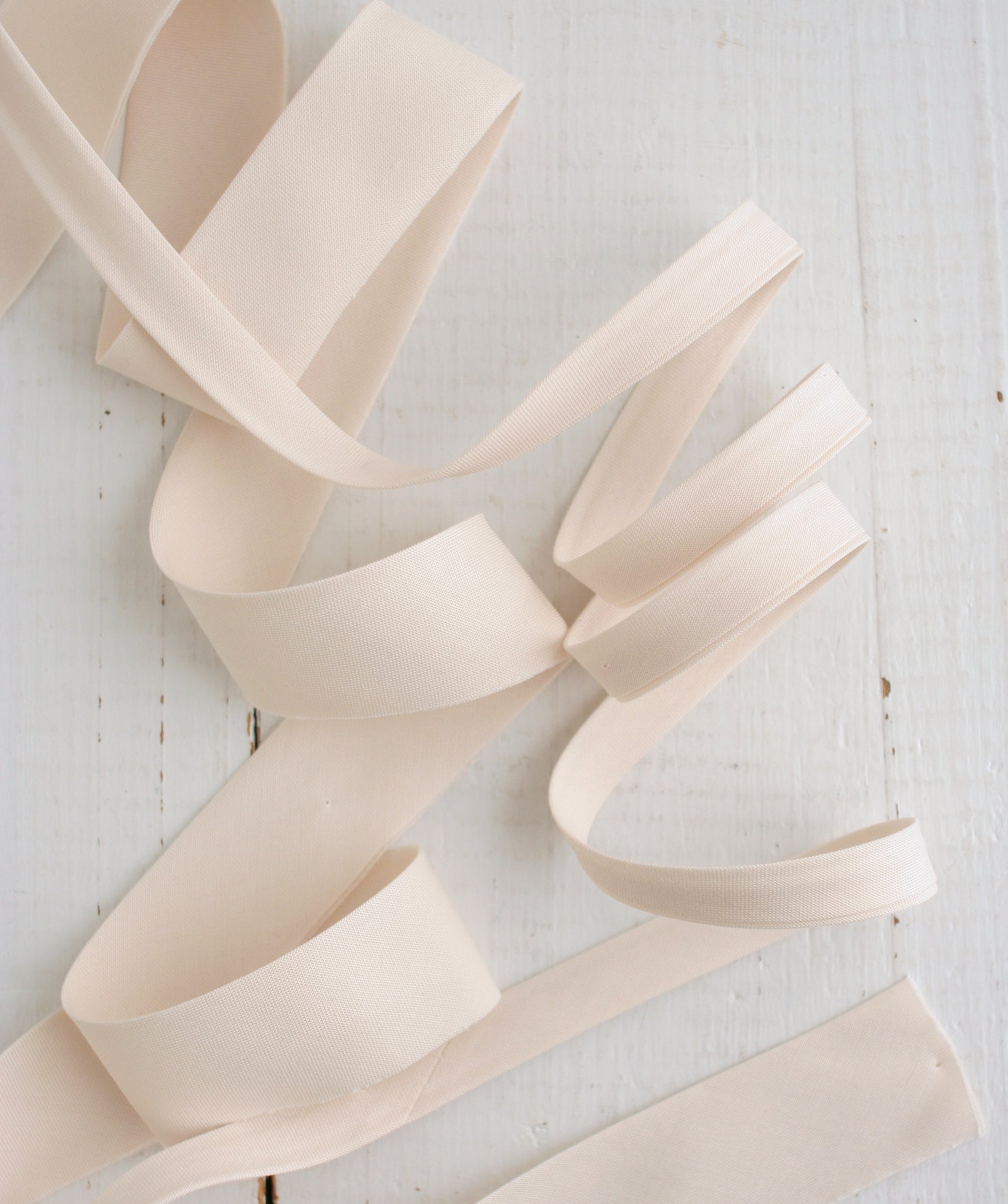If you’ve shopped online at all recently (does anyone really go in to stores anymore?) you know how important good product photos are to an online business. Your customers can’t physically see the product, so you’d better have photos that help them FEEL like they’re seeing it. Photos that are consistent in look and quality will enhance your brand image and give your customers confidence in you and your products. Here are 5 easy, practical ideas to improve your photos – things that aren’t crazy expensive and easy for any skill level.

TIP #1: LIGHTING
A photo essentially captures how light plays on a space.Good lighting is essential!
Natural lighting is ideal (and will save you from spending money on an expensive studio setup). If you can, set up your shots near a window or door. Here’s how to shoot with natural lighting:
- Turn off any other lights in the room! It sounds crazy, but any other lights that are on (especially overhead lights) will change the lighting color in your photoresulting in off-color photos.
- You want the light to be diffused, not direct so put a thing white sheet or curtain over your door or window to diffuse the light. Presto – no harsh shadows!
- Take your photos in the same spot, around the same time of day. This will help your lighting be consistent. Ikeep my mini studio set up all the time and take my photos from 9-11 am when the sun is shining onthat side of the house.
- For overcast or rainy days, purchase additional portable lights with soft boxes (for thatnice, diffused light) to mimic sunlight on overcast or rainy days. These are what I use, and I love them! Keep in mind my setup is for small products. If you’re shooting largerareas, you will need larger lights.
Here’s the same product photo, taken with three different types of lighting so you can see how the diffused natural light and soft box lights make for the most even, photo.



TIP #2. BACKGROUND
A good background allows your product to be the star of theshow.You don’t want it visually competing with your product, only helping it to stand out. Backgrounds can be a wall, a sheet, trees, anything! But it is important that your backdrop be clear and uncluttered. Personally, I am super low tech. I have two white-washed wood boards for the base and a white foam core board in the background. When I was first starting out, this worked for my budgetand is in line with my brand aesthetic. Eight years later, I’m still using them!
Here’s my low-tech setup:

TIP #3. CAMERAS AND EDITING SOFTWARE
Today’s phone camerasor a basic DSLR (I use the Canon Rebel)are all that you need to take great product photos.
I edit all my photos in Picasa (a super old Google program that I don’t even think you can get anymore) but there’s alsoCanva anda great version of Lightroom you can try out.
A final tip on photo editing – like all good things in life, there is such a thing as an over edited photo. Editing should help your photos to ensure they accurately capture the look and feel of your product. Over edited or filtered photos often don’t show the true colors of a product and can leave your customer dissatisfied with their purchase once it arrives.
TIP #4: SHOWING SCALE, USE AND DETAILS
The purpose of your product photos is to show off your itemandand to help your customer understand its value – think of it as telling a story with your photos. By varying what your photo focuses on you can help your customer understand the scale,details, and uses for your product. Having different photos adds interest to your listings and builds buyer confidence.
Be sure to shoot from different angles – bothclose and far away. When I am selling a binding style that is metallic or has small details in the fabric, I make sure to get some close up shots so my customers know exactly what the fabric looks like.

TIP #5: LOOK AROUND
Find other businesses whose photo style you like. Learn how to analyze their photos and implement some of their ideas into your own style. Am I saying outright copy what they’re doing? Absolutely not! But it’s okay to take principles from others' work and recreate them with your brand’s style.
Have a good one!
Karen

Was this helpful? Pin this post so you can easily find it again!








